If you want to increase your home's attractiveness and resale value, you may be considering making some renovations. Exterior projects, such as replacing your home's aging siding, can make dramatic improvements in its appearance and boost its value considerably. You may be wondering what options are available for replacement siding and how much it would cost to re-side your home. We've researched the nine most popular types of siding, and we have the answers for you.
Below, we provide a range of costs per square foot for each type of siding. The lower end of the scale reflects the national average price for economy-grade siding, while the higher end represents what you should expect to pay for the highest-quality material. The cost of standard siding falls roughly in the middle of each range. Also, we list a range of total costs for materials and installation for a 1500-square-foot house.
- Vinyl: $3 - $12/sq ft Installed: $6,000 - $15,000
- Aluminum: $3 - $11/sq ft Installed: $5,000 - $15,000
- Wood: $2 - $6/sq ft Installed: $7,000 - $19,000
- Engineered Wood: $4 - $9/sq ft Installed: $5,000 - $13,000
- Fiber Cement: $5 - $13/sq ft Installed: $8,000 - $20,000
- Stucco: $4 - $7/sq ft Installed: $6,000 - $10,000
- Brick: $9 - $25/sq ft Installed: $10,000 - $25,000
- Stone: $35 - $50/sq ft Installed: $75,000 - $125,000
- Stone Veneer: $17 - $30/sq ft Installed: $24,000 - $43,000
The decision to re-side your house involves a complex array of variables, such as determining what type of siding best meets your needs, what quality of material you can afford, and which option will add the most value to your home. Keep reading, and we will help you navigate these issues and arrive at the best decision.
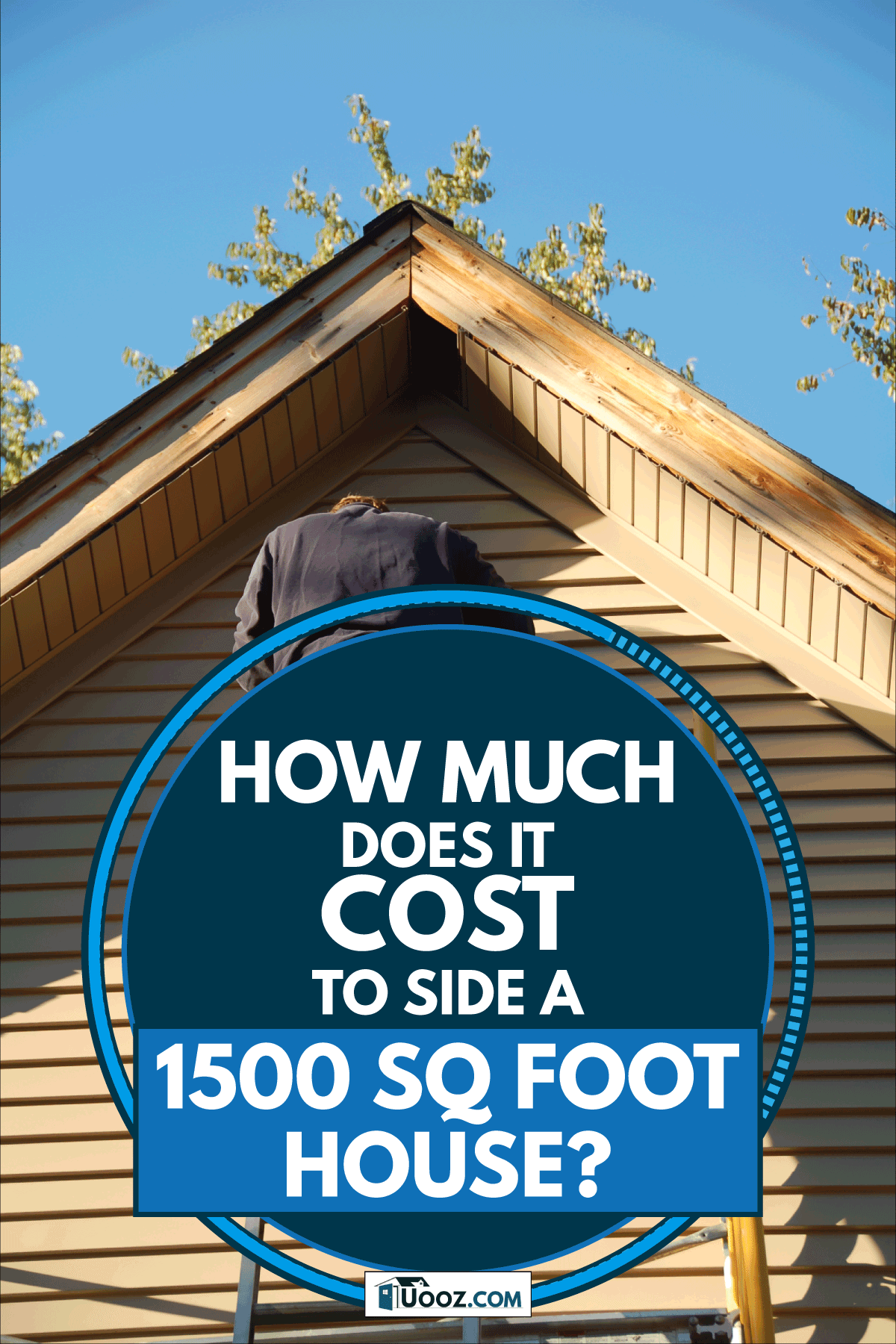
What Are The Pros And Cons Of Each Type Of Siding?
In this section, we move beyond price and take a deeper look at the benefits and drawbacks of each type of siding, its typical lifespan, and its recommended maintenance.
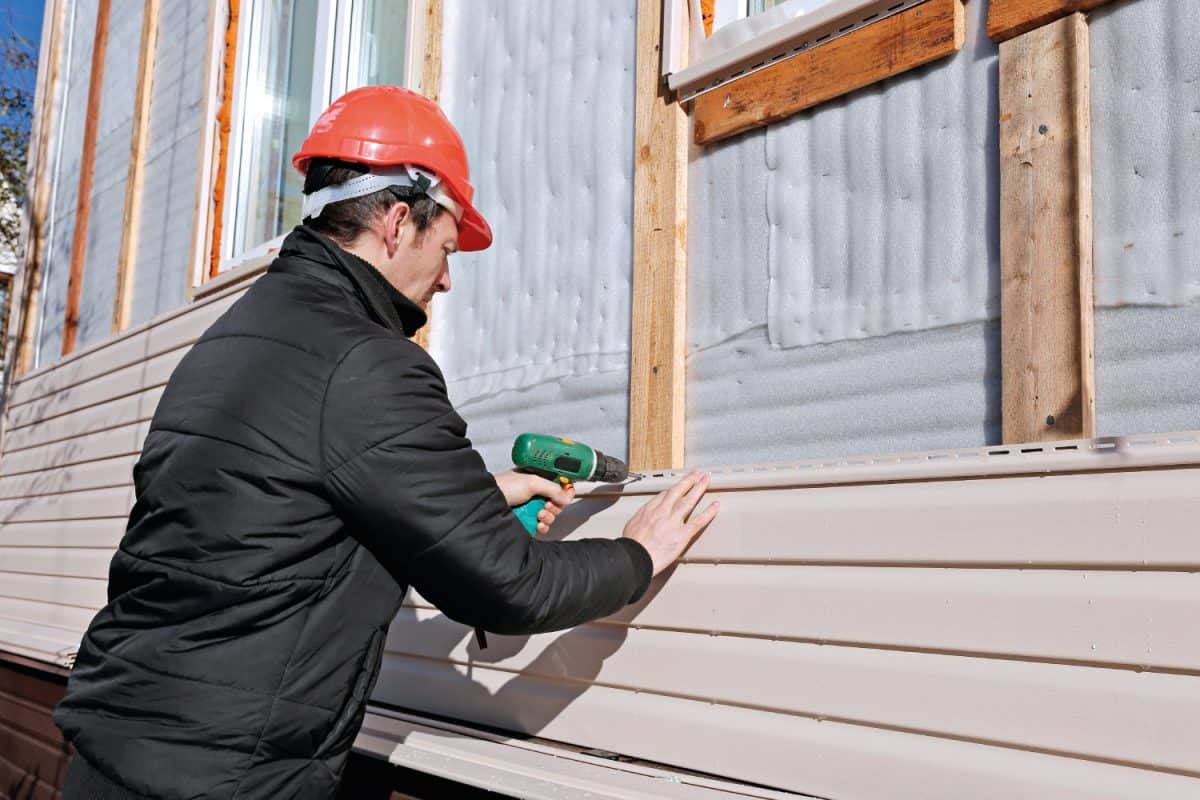
Vinyl
Pros
Vinyl siding is popular due to its low cost, ease of maintenance, and simple installation. It is durable and resistant to decay and insect infestations. Various looks and textures are available: vinyl can imitate clapboard, Dutch lap, board and batten, and cedar shakes. Homeowners can choose from a wide range of quality, including insulated siding, reducing heating and cooling costs.
Cons
On the negative side, vinyl siding easily dents and cracks and can pull away from the house in high winds. It is not waterproof, so moisture can seep into the plywood underlayment, resulting in mold and/or rot.
Maintenance and Lifespan
Vinyl siding is low-maintenance, requiring nothing more than an annual pressure-washing to remove accumulated dust and grime. Its lifespan is relatively short: as little as 20 years.
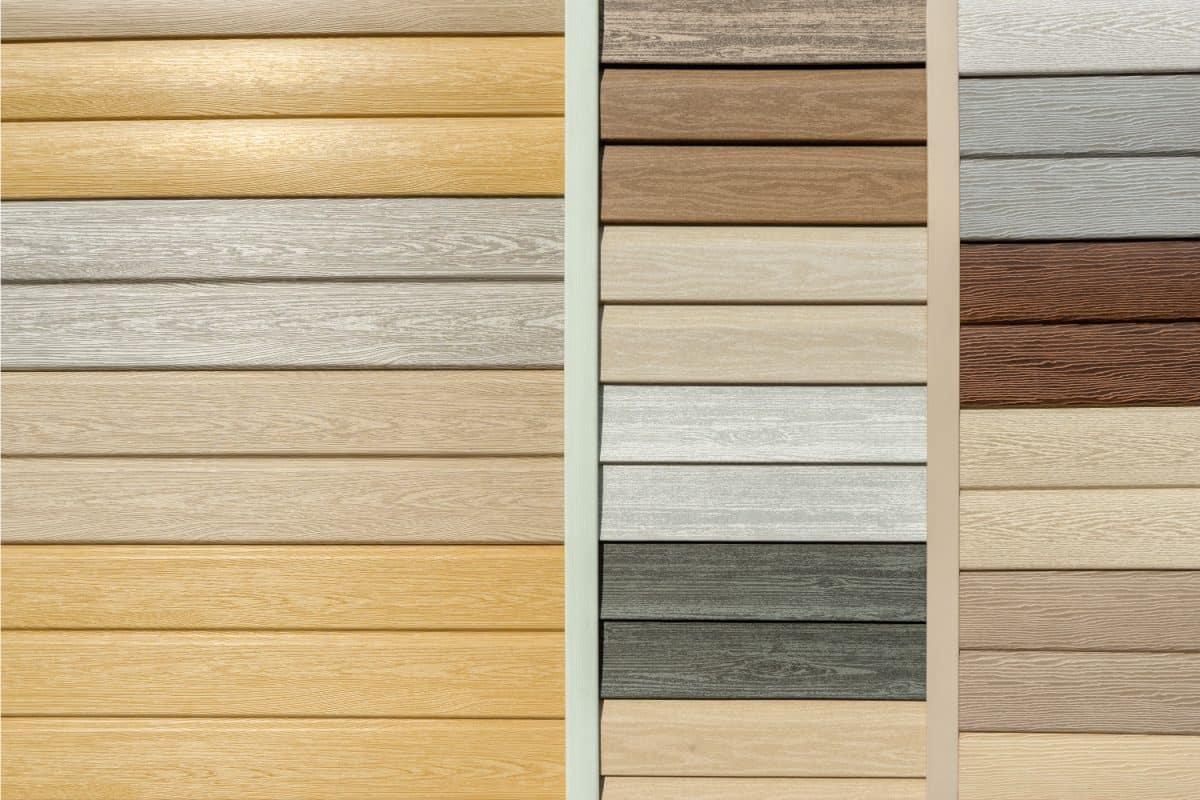
Aluminum
Pros
Aluminum siding is inexpensive, easy to install, and resistant to pests, mold, and fire. Its value as an insulator makes it ideal for cold climates. Aluminum is also popular on waterfront homes due to its being waterproof and rust-resistant. Ecologically-minded homeowners will appreciate that it is made with about 30% recycled content.
Cons
Aluminum siding is vulnerable to denting and scraping, and its color tends to fade over the years. It is difficult to match the color exactly when touching up scrapes or replacing damaged pieces of siding.
Maintenance and Lifespan
An annual pressure washing to remove accumulated dust and grime is the only maintenance needed. Aluminum siding typically lasts about 40 years.
Wood
Pros
Wood siding offers a warm, classic look and feel, especially on historic houses. The variety of woods (pine, spruce, fir, Cypress, cedar, redwood), styles (tongue-and-groove, lap, drop channel, board-and-batten, shake, shingle, and split log), and finishes (stain, clear sealer, paint) make wood siding a versatile and customizable choice.
Cons
Wood is susceptible to moisture, rot, and insect infestation. It can also be expensive to install and maintain, particularly on historic homes with intricate trim, such as Victorians.
Maintenance and Lifespan
Maintenance is a continual challenge with wood siding. It must be monitored for evidence of infestation, mold, and rot. Wood siding must also be refinished every 3-5 years, depending on the type of finish and the climate's harshness. If properly maintained, wood siding will last 40 years or more.

Engineered Wood
Engineered wood is a relatively new product, created by bonding bits of wood fiber with resin. It is typically sold in plywood or hardwood sheets that have been pre-finished or primed.
Pros
It is easier and cheaper to install than wood siding, giving the homey appearance of wood at a lower overall cost. Engineered wood is strong, durable, resistant to insects and mold, and can tolerate extreme heat and cold. It can be customized by painting or staining.
Cons
It is not recommended for humid areas because it is porous and tends to trap moisture. During its manufacture, engineered wood is treated with heavy doses of insecticides and fungicides, which may deter health-conscious and/or environmentally-minded homeowners.
Maintenance and Lifespan
Engineered wood requires very little maintenance: it should be washed once per year and re-finished every 10-15 years. Its typical lifespan is 20-30 years.
Fiber Cement
Fiber cement (also known as Hardie board) is constructed of a mix of Portland cement, sand, and cardboard fibers. It is intended to be a longer-lasting, lower-maintenance alternative to wood siding. It comes in a variety of styles, including shingles, lap, brick-look, and stucco.
Pros
Fiber cement siding is durable, long-lived, and resistant to cracking, warping, rot, insect infestation, and fire. It is easy to paint, and its rare dings and scuffs can be touched up with patching plaster. It is also eco-friendly, offering the appearance of painted wood siding without the carbon footprint.
Cons
Fiber cement siding cannot be stained or clear-coated -- it must be painted. Its installation cost is high because it is extremely heavy, and substantial prep work must be completed before the siding can be installed.
Maintenance and Lifespan
Other than an annual cleaning, fiber cement requires little maintenance. It should be re-painted every 15 years. Fiber cement siding typically lasts 50 years or more.
Click here to see fiber cement siding on Amazon.
Stucco
Pros
In recent years, the versatility of stucco siding has increased with the development of various new textures and color options. Stucco is an excellent insulator and is highly resistant to fire and insect infestation. It is eco-friendly and can be one of the least expensive options for siding a home.
Cons
Stucco is not for wet climates: it can become saturated with moisture, resulting in rot. It is also susceptible to cracking and should not be used in houses with unstable foundations. Because it requires three coats of material and professional installation, the labor costs can be high.
Maintenance and Lifespan
Stucco should be cleaned annually to remove accumulated dust and grime. It should also be monitored for cracking and chipping, and any defects should be immediately repaired by a professional. If well maintained, stucco can last 50 years or more.
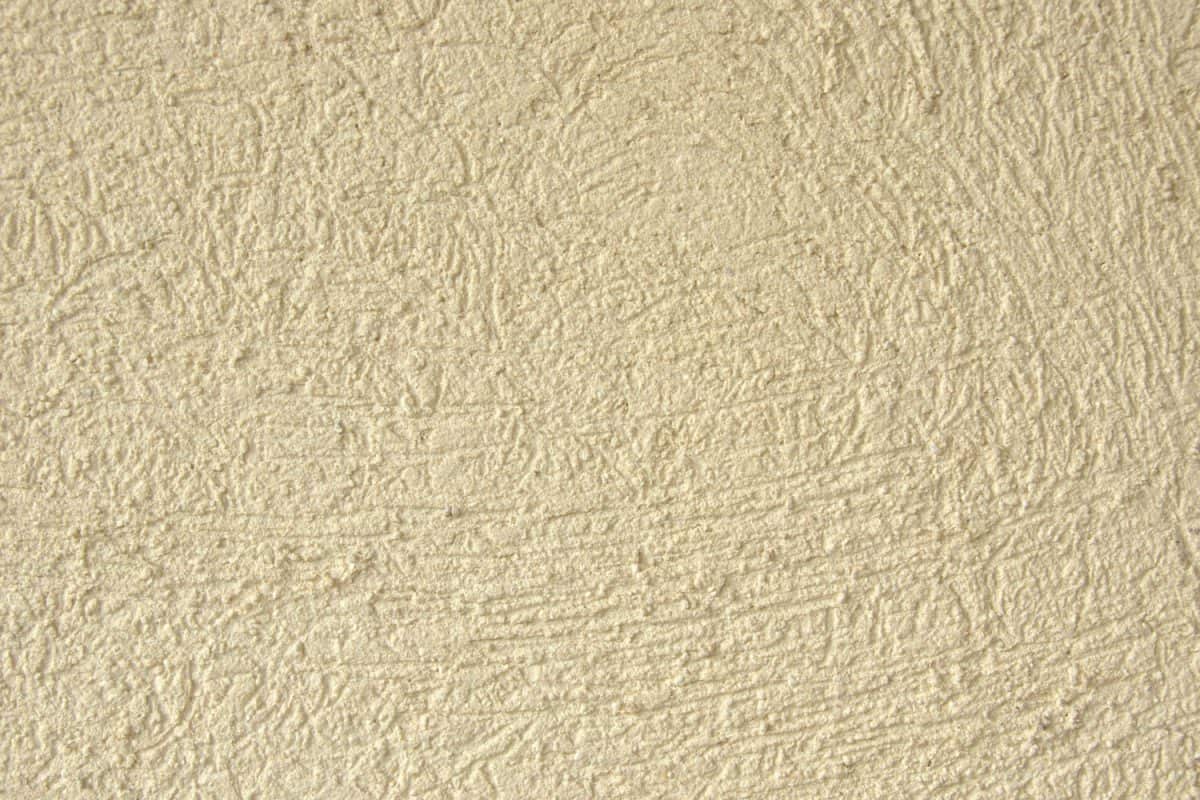
Brick
Pros
Brick siding provides a classic, aesthetically appealing look. A survey by the National Association of Homebuilders found that 60% of people prefer the look of brick houses, and the National Association of Realtors reports that brick homes sell for 6% more than other homes. Brick is also durable, energy-efficient, and resistant to pests, fire, weather, rot, and mold.
Cons
The major drawback to installing brick siding is the high upfront cost. It can also be difficult to make repairs without replacing an entire section of the wall.
Maintenance and Lifespan
Brick requires essentially no maintenance. The mortar holding the bricks together will eventually crumble and need to be repointed. With proper care, brick siding can last for more than 50 years.
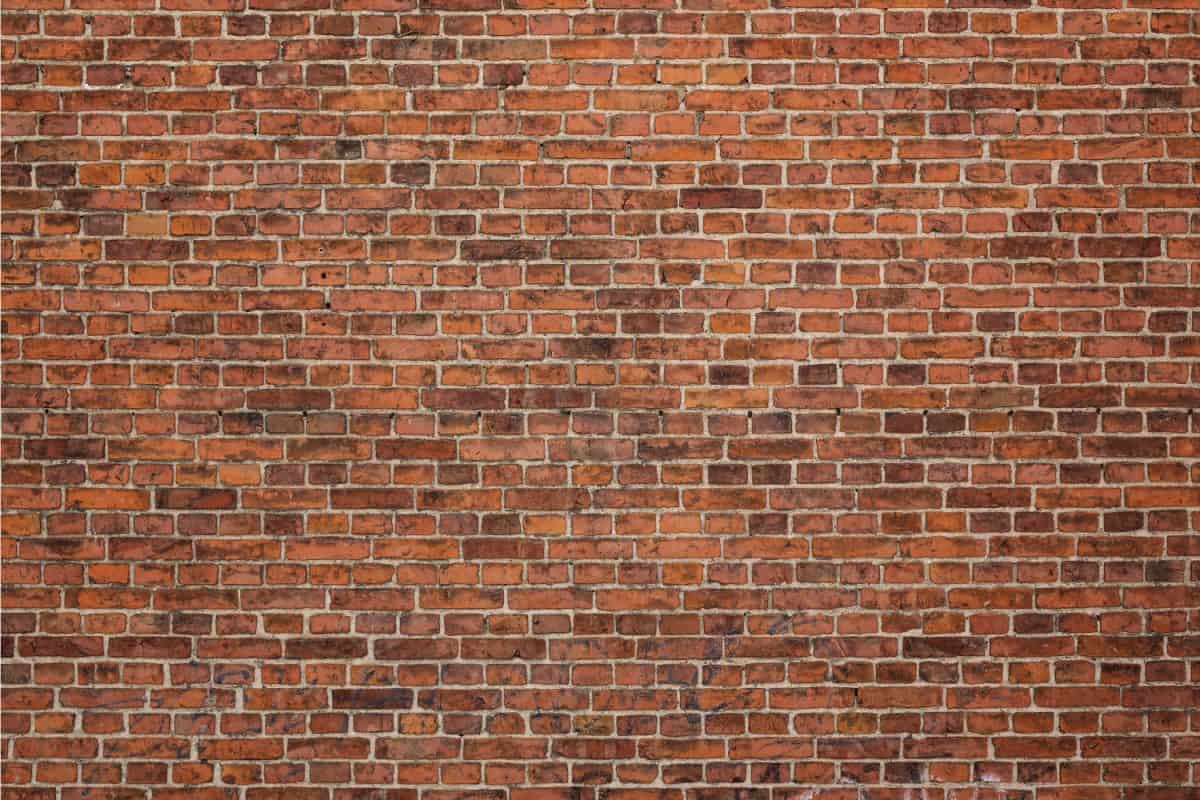
Stone
Pros
Stone has great curb appeal. It is also durable and resistant to fire, insects, and rot.
Cons
Stone is the most expensive siding material available, making it out of reach for the vast majority of homeowners. It is tricky to install: improper installation can lead to cracking and even the collapse of the stone facade.
Maintenance and Lifespan
Stone siding needs essentially no maintenance, except repointing of its mortar. With proper care, it can last more than 50 years.
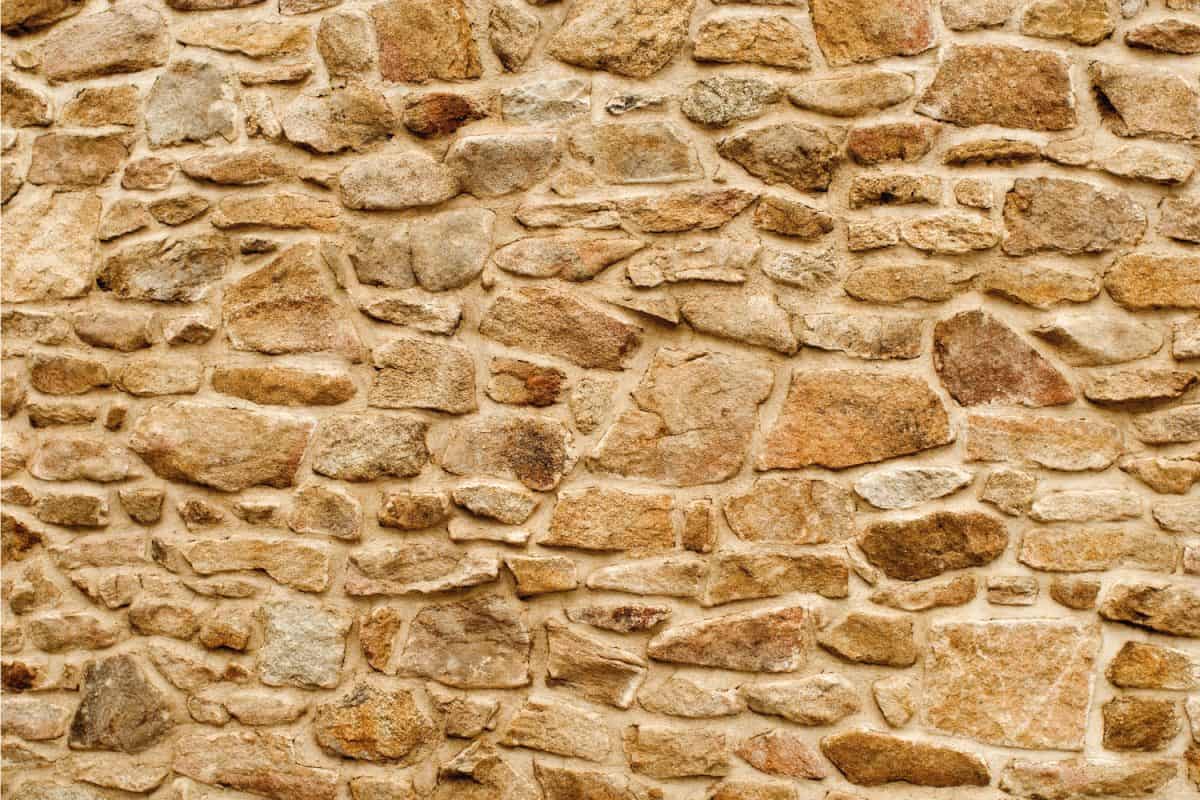
Stone Veneer
Stone veneer is made of thin slices of stone affixed to the exterior of the house.
Pros
Offering the look of stone siding at about one-third of the cost, stone veneer is a popular option for increasing the value of a home and augmenting its curb appeal.
Cons
Installation is tricky, and if done wrong, it can result in moisture problems in the underlayment and around windows and doors.
Maintenance and Lifespan
Stone veneer requires little maintenance. If properly installed, it can last for 50 years or more.
Does It Cost More To Replace Or Repair Siding On A House?
It almost always costs significantly less to repair siding than to replace it, unless the damage to a home's siding is extensive. A yearlong survey of contractors and homeowners by Home Advisor in 2019 found that the cost to repair 200 square feet of damaged siding typically ranges from $326 - $1,230. In contrast, replacing all the siding on a 1,500-square-foot house costs a minimum of $5,000 and an average of over $10,000.
Does Siding Add Value To A House?
If your siding is badly damaged, or if it simply looks old and tired, it may be worth the extra cost to replace it. Remodeling Magazine found that replacing a home's siding is the single most effective way to add value, showing an 80% return on investment (ROI).
What Type Of Siding Adds The Most Value To A Home?
Brick, stone, and cedar shakes add the most value to a home. Replacing existing siding with stone veneer, fiber cement, or high-quality vinyl siding provides the highest ROI.
What Is The Easiest Siding To Install?
Vinyl and aluminum sidings are generally the easiest to install. Engineered wood and cedar shakes are also relatively easy for DIYers. If you have basic competency in carpentry, you can also install other forms of wood siding. Fiber cement requires specialized tools and protective breathing apparatus. Brick, stone, stone veneer, and stucco are best left to professionals.
What Type Of Siding Lasts The Longest?
Brick and stone siding both last 50 years or longer before they require repointing. Stucco, fiber cement, and wood, provided they are carefully maintained, can last nearly as long.
In Conclusion
Replacing old, tired siding can add curb appeal and boost the value of your home. In general, the more you invest upfront, the greater your return on investment will be, and the longer your new siding will continue to look great and add value to your house.
You may also enjoy the following:

